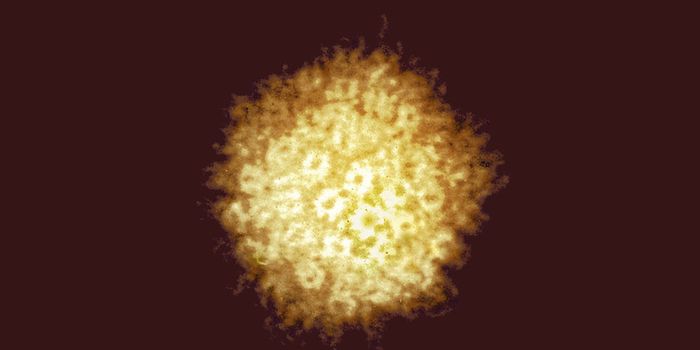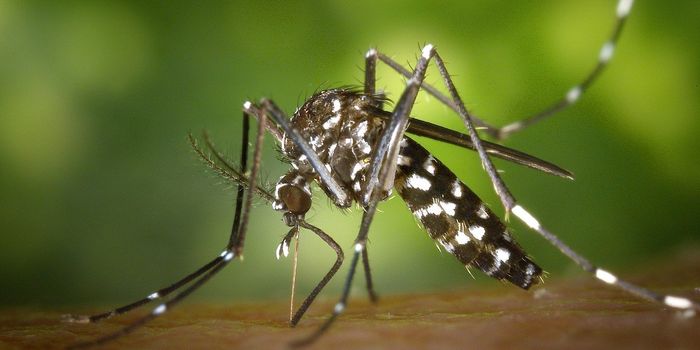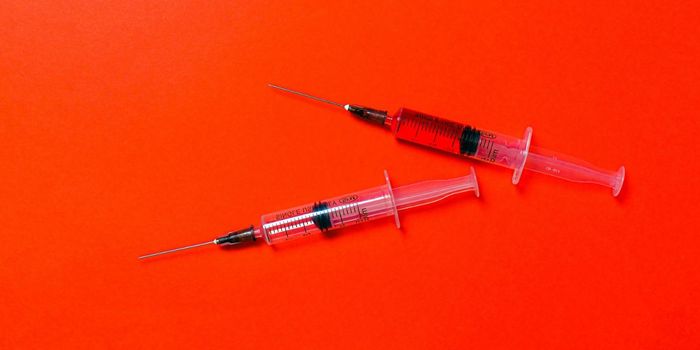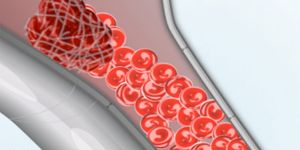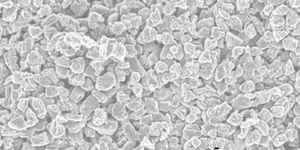A new study suggests that breast density alone may not be an independent risk factor for breast cancer. The findings, however, are not consistent with
previous studies on the topic and may not be applicable to American women.
Breast density has to do with how a breast looks on a mammogram. When a breast is made of mostly fatty tissue, it is non-dense because it appears transparent and dark on a mammogram. Dense breast tissue is made of connective tissue, milk glands and ducts. Both dense breast tissue and cancer appear white on a mammogram. Thus, the presence of cancer within dense breast tissue makes it harder to detect.
The researchers analyzed five years of data from five different mammography facilities in Croatia. In total, they analyzed 52,962 mammograms of 50 to 69-year old women. Two radiologists independently read the mammograms and divided the patients into four categories based on criteria from the American College of Radiology. The majority of women screened had low breast density. There were 230 mammograms that detected cancer. Of this number, almost half were from the group with the lowest ranked breast density. Less than 3 percent were from the group with the highest breast density category.
They then condensed the four categories into two: high-density and low-density breast tissue. The scientists compared women with detected breast cancer with controls who were of the same age and from the same area but did not have breast cancer. They found that the low-density group made up 83 percent of those with breast cancer and 89 percent of the control group (those without breast cancer). The high-density group made up 17 percent of those with breast cancer and 11 percent of the control group. Ultimately, they did not find a significant difference in breast density between the two groups (group with cancer compared to control).
The study suggests that breast density alone might not be as strong of a risk factor as once thought, but they can’t prove it’s not a risk factor completely.
The percentage of women in each density category is markedly different from what is seen in the U.S., said Debra Monticciolo, chair of the American College of Radiology Commission on Breast Imaging. This fact makes the study difficult to apply to women in the U.S.
In addition, the number of screenings the researchers evaluated (53,000 screenings over five years) is relatively low, said Laura Kruper, director of the breast cancer program at City of Hope Comprehensive Cancer Center. Because of the relatively low numbers and the study’s design, “I don’t think you can draw any conclusions,” Kruper said.
The findings were presented today at the annual Radiological Society of North America (RSNA) meeting in Chicago.
Source:
Press release via
EurekAlert!,
WebMD, abstract from conference via
Radiological Society of North America



